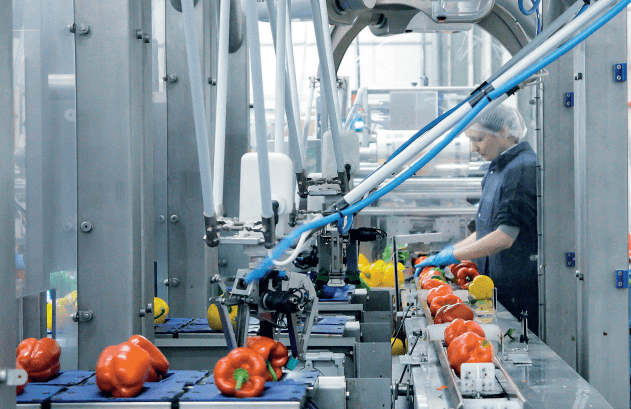Which countries led in global imported industrial robot purchases in 2022? China, the United States, Germany, Italy and South Korea.
Industrial robots have been marketed and used in industrial and manufacturing environments since the 1970s.
They are typically large, immobile machines designed to automate repetitive tasks that require speed and strength beyond what a human can achieve.
For manufacturing tasks, industrial robots typically execute plans by rote programming, i.e., functions programmed in advance by a human engineer.
Over time, industrial robots have become more sophisticated.
Imported industrial robots
According to Sarcos Technology and Robotics Corporation, industrial robots have become widespread in a multitude of applications and have gained acceptance in many industries.
However, these heavy industrial robots often require workspaces to be configured around them and large safety cages to protect workers on the production floor, consume significant amounts of energy and space, are substantially less agile and versatile than humans, and are difficult and costly to move from one location to another.
These characteristics often limit the number of use cases to very routine tasks.
As a result, two new product categories, collaborative robots (cobots) and automated mobile robots (AMRs), are gaining ground in the market.
In 2022, China imported industrial robots worth $1.375 billion (-10.4% year-on-year), followed by the United States ($540 million, +5.9%), Germany ($416 million, -4.6%), Italy ($259 million, +25.1%) and South Korea ($179 million, -8.2 percent).
Leading industrial robot manufacturers include Mitsubishi, Kawasaki Robotics, Universal Robots, Omron, FANUC, KUKA and ABB Robotics.
Cobots
Sarcos Technology and Robotics Corporation indicates that advances in tangential technologies such as grippers, vision systems, cloud computing, augmented reality (AR) and artificial intelligence (AI) have led to increased adoption and commercial viability of cobots and automated mobile robots (AMRs).
These advances have offered greater safety and operational flexibility, allowing robots to be deployed safely alongside humans, disrupting the historical industrial robotics industry and labor markets while offering more advanced capabilities than previous models.
However, neither cobots nor AMRs are designed to perform tasks in dynamic or unstructured environments.
Like their predecessors, they are automation tools, designed and programmed to perform routine tasks.
They generally lack human dexterity and the ability to lift and manipulate heavy objects.

